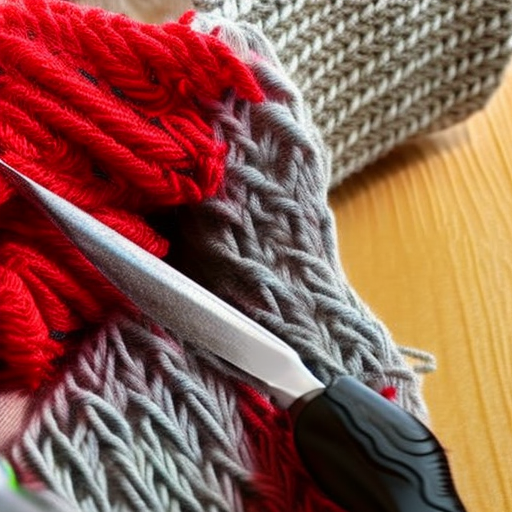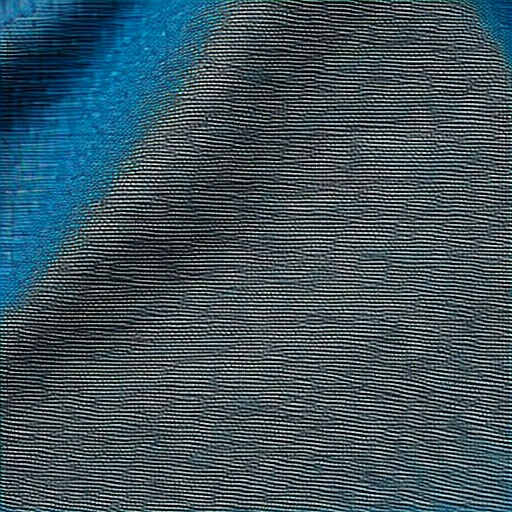

Knit fabric is a popular choice in the textile industry due to its versatility, comfort, and stretchability. Whether you’re creating clothing, accessories, or even home decor items, knit fabric offers a wide range of creative possibilities. However, one question commonly asked is whether knit fabric will fray.
The answer to this question depends on the type and quality of the knit fabric. Unlike woven fabrics, where the threads are interlaced in a specific pattern, knit fabrics are made by interlocking loops of yarn. This unique structure provides knit fabrics with elasticity and allows them to stretch in multiple directions. However, it also affects their tendency to fray.
High-quality knit fabrics, such as those made from natural fibers like cotton, wool, or silk, are less likely to fray. The tightness of the knit loops and the sturdiness of the yarn used contribute to their durability. These fabrics can withstand regular wear and tear without significant fraying. However, it is still recommended to finish the raw edges of the fabric to prevent any potential fraying.
On the other hand, lower-quality knit fabrics, especially those made from synthetic fibers like polyester or acrylic, may be more prone to fraying. Their looser knit structure and the weaker nature of the synthetic yarn can result in frayed edges over time. It becomes essential to finish the edges properly or consider using woven fabrics as binding or facing to prevent fraying.
To minimize fraying risks, there are several techniques you can employ while working with knit fabric. One common method is to use serging or overlocking. This involves using a serger machine to create a finished edge by trimming the fabric with a specialized stitch. Another option is using a zigzag stitch or using a fray-check solution to seal the fabric’s raw edges effectively.
It’s important to note that even high-quality knit fabrics can fray under certain conditions, such as excessive wear, improper care, or improper sewing techniques. To maintain the longevity of your knit garments or projects, it’s recommended to follow the fabric manufacturer’s recommendations for care and to reinforce seams or edges if necessary.
In conclusion, while knit fabric is generally less likely to fray compared to woven fabrics, it is still essential to take precautions to prevent fraying, especially with lower-quality or synthetic knit fabrics. Employing appropriate finishing techniques and using proper sewing methods will help ensure the longevity and durability of your knit creations.





Yes, knit fabric will fray with enough wear and tear. #knittingproblems
Rachel Ramirez: It can also fray if exposed to high temperatures and extreme agitation. #knittinghacks
It’s important to keep an eye on the fraying to make sure it’s not getting out of control to preserve the durability of the fabric! #knowyournfabrics